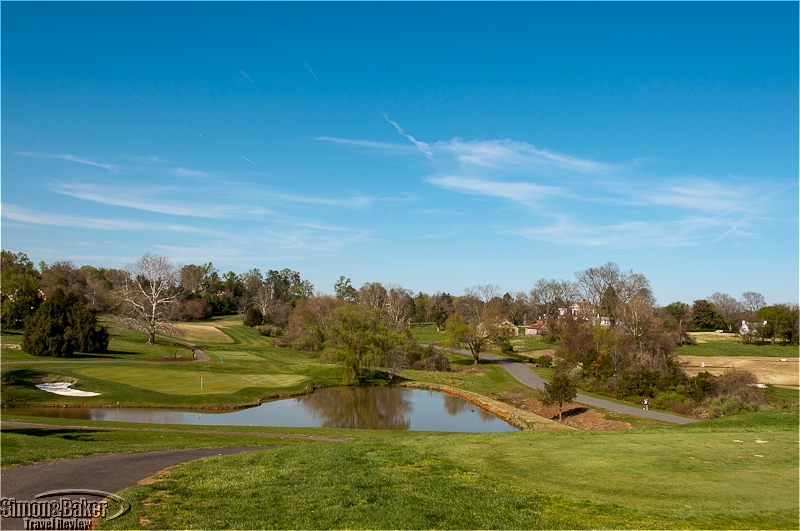
by Editor | Apr 1, 2014 | North America, Simon and Baker Travel Review, United States, Virginia
In 1759, Terrell’s Ordinary, a modest roadside inn that welcomed westward travelers, opened on land that was part of Virginia’s 1734 land grant, at the exact location where the Boar’s Head stands today. Since then, this lovely swath of rolling hills in the picturesque outskirts of Charlottesville, Virginia, has witnessed much history. It first became a country estate with a successful farming operation before enduring the ravages the Civil War. The property returned to life under a succession of owners before an inn, the Boar’s Head, was once again created in the mid twentieth century. It was subsequently acquired in 1989 by the University of Virginia Foundation. Today, the unique 573 acre (232 hectare), 175 guest accommodations local landmark boasts a championship golf club, outstanding sports facilities with multiple tennis and squash courts, an in house spa and an award winning restaurant.
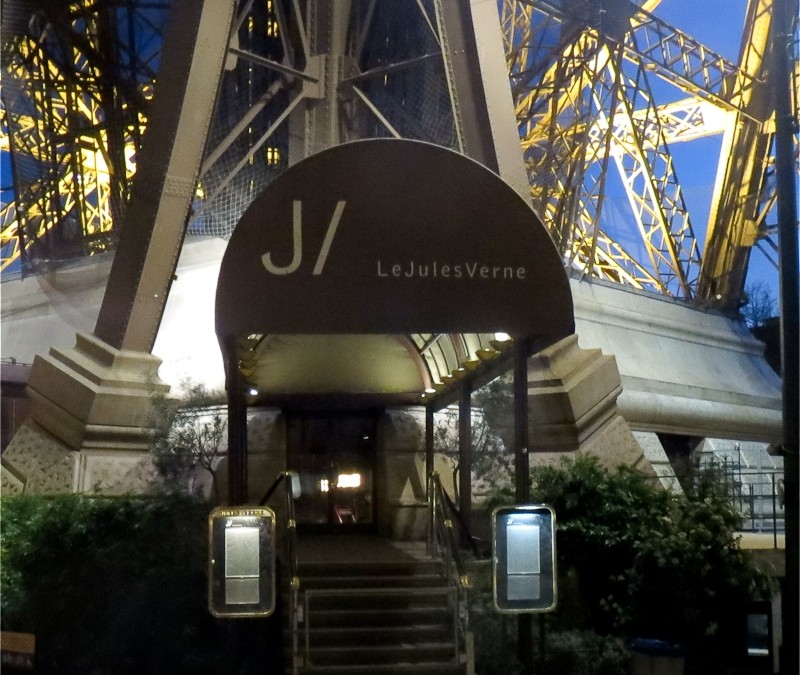
by Editor | Dec 1, 2013 | Simon and Baker Travel Review
As we approached the Eiffel Tower we realized we were in for a treat. The days long pattern of gray cloudy weather had broken. In its place, puffy clouds contrasted against a cerulean Parisian sky. Two uniformed staff members greeted us at the restaurant’s dedicated ground floor entrance past its understated brown awning. Once they confirmed our reservation for that day, we had to pass through a metal detector while one of the staff searched our personal belongings. The restaurant’s heated elevator, manned by another uniformed staff member, led us directly to a reception area where additional personnel greeted us, whisked away our winter coats and led us to a window side table with a metal bar in the middle and a striking view to the northeast.
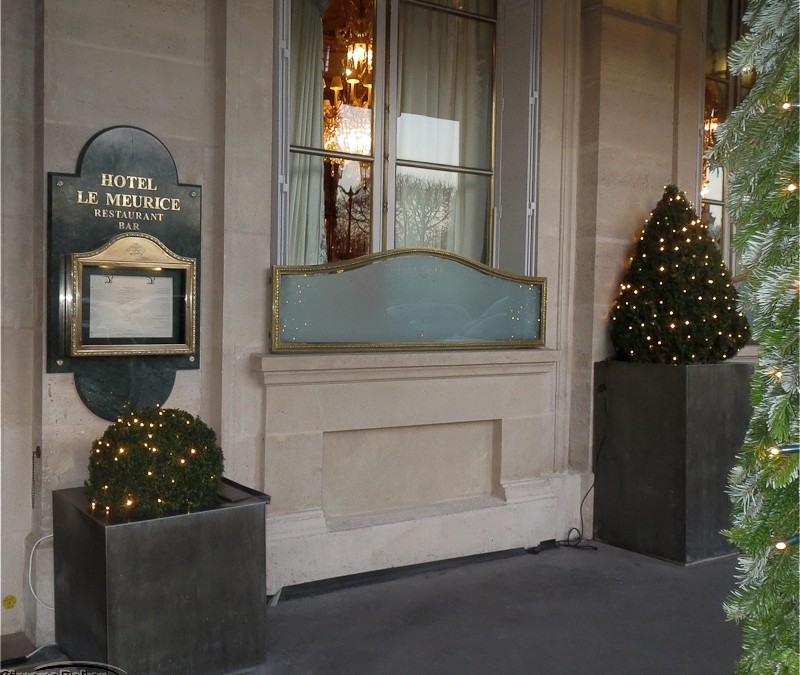
by Editor | Dec 1, 2013 | Europe, France, Paris, Simon and Baker Travel Review
For years I have liked the elegant dining room of Restaurant le Meurice in the eponymous hotel facing one of the city’s best known tourist streets. In 2013, famed chef Alain Ducasse was invited to oversee the food service at the hotel and restaurant. On our most recent trip to Paris, we had lunch there and were left with the impression that the restaurant has much promise.
Since our last visit we noticed subtle changes. For example, access to the restaurant was via the entrance foyer of the hotel rather than from the lobby lounge where it had been before. A new embroidered panel graced a section near the restaurant door, and Baccarat crystal art was in evidence in the dining room.
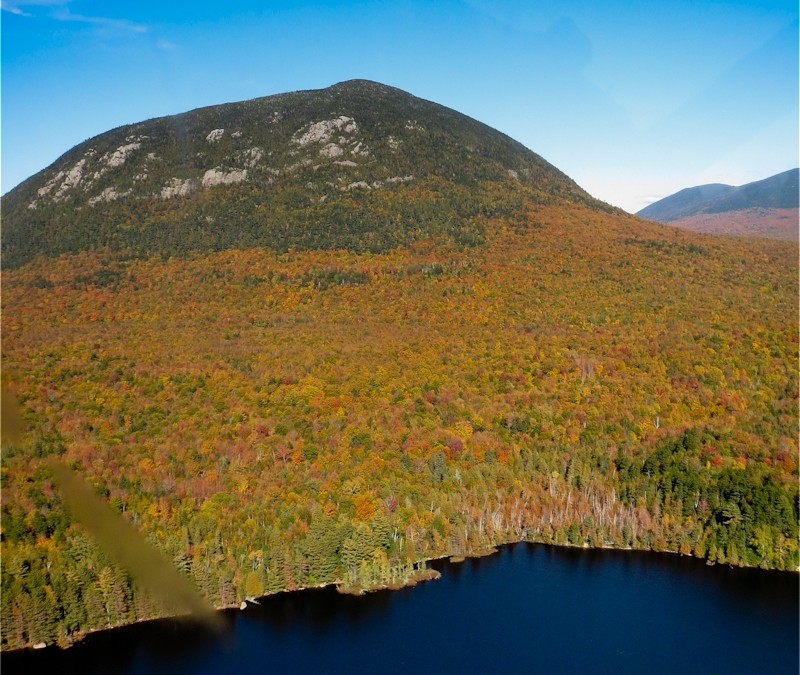
by Editor | Oct 1, 2013 | Simon and Baker Travel Review
Flying over Moosehead Lake and Lobster Lake in the Maine Highlands in a rare seven-seat 1954 de Havilland Beaver seaplane in early autumn was a memorable experience. The transition from the calm lake water to the sky on the hydroplane as we departed was seamless. One moment we were gliding away from the dock and the next we were airborne. It was equally difficult to distinguish the moment we left the air in exchange for the water in our smooth afternoon landing.
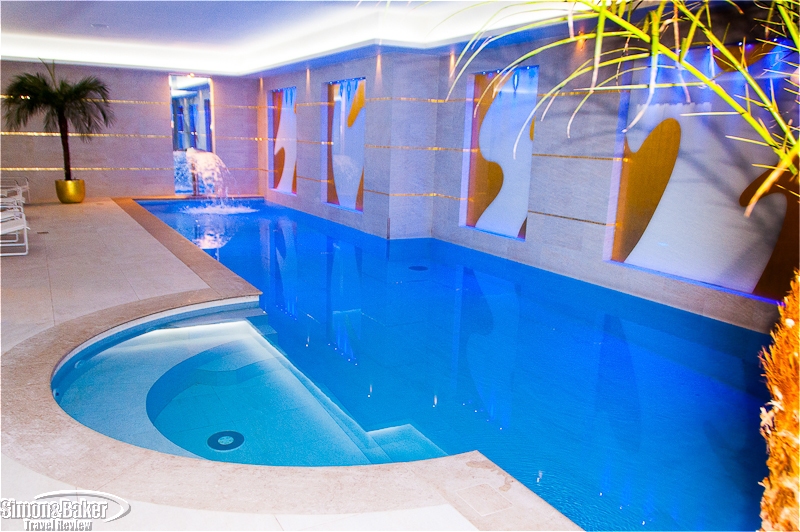
by Editor | Oct 1, 2013 | Europe, France, Paris, Simon and Baker Travel Review
In a city that is home to 50 Five Star hotels, many of them so firmly entrenched in their luxury status that they have long become legends, the relatively new Le Burgundy (opened in 2010) stood out for its privileged location first of all, on a relatively quiet street just a few steps away from Place Vendome, Rue Royale and Rue Saint-Honore, in the enclave of prestigious Right Bank addresses that are the pulse of Paris fashion. Then there was its already established reputation for personalized service, the kind only an intimate boutique hotel can provide. This was confirmed the instant I reached the property, by the doorman’s attentive welcome and the instantaneous check in process. I barely had time for a passing glance at the glassed in winter garden that is the heart of the public spaces or the art gallery like reception area with its bright mural sculpture behind a long white leather and marble reception desk before I was graciously escorted to my suite.
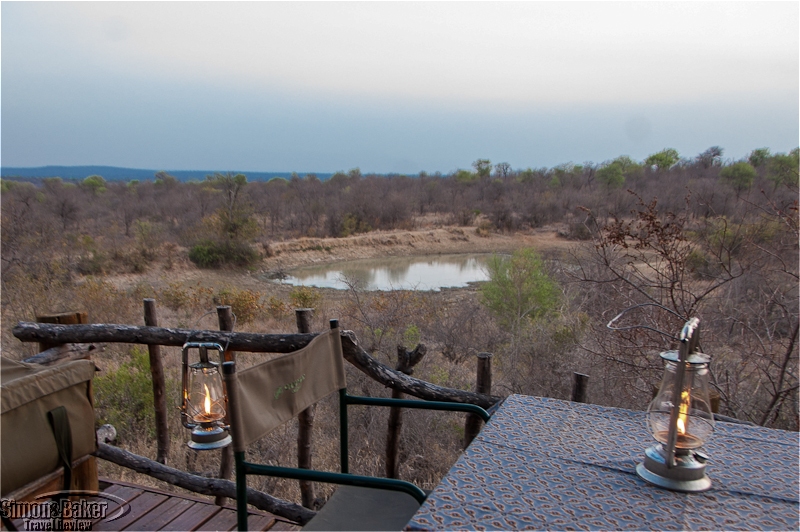
by Editor | Oct 1, 2013 | Africa, Kruger, Simon and Baker Travel Review, South Africa
Little Garonga was the last stop on a recent extended trip to southeastern Africa. After three weeks of dawn game drives, hectic transfer schedules and all around high voltage excitement, I was feeling somewhat depleted by the time I arrived. I couldn’t have chosen a better place to replenish my flagging energies and gently say goodbye to the wilderness before the long journey home. Set deep into the self contained 22,000 hectare (85 square mile) Greater Makalali Conservancy, west of the world famous Kruger National Park in South Africa, Little Garonga was a relatively recent luxury addition to the long established Garonga Safari Camp.





